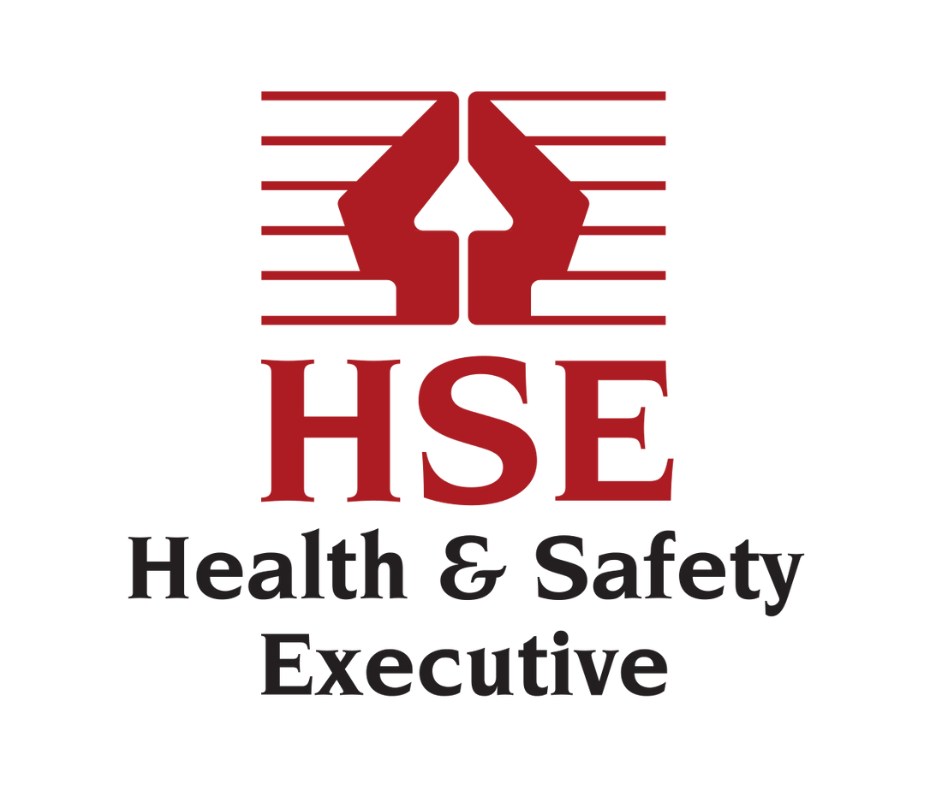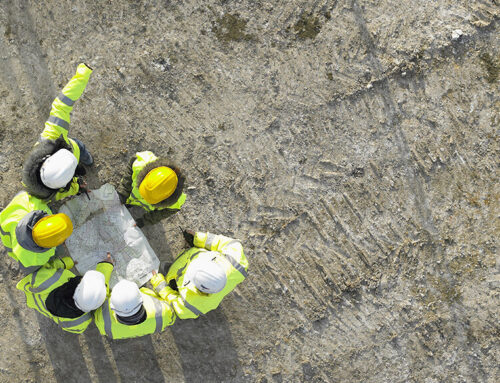Every fatal incident at work represents an irreplaceable loss to families, communities and society at large. The Health and Safety Executive (HSE) has recently released provisional figures for April 2024 to March 2025, and while there have been slight improvements, the data emphasises that we must remain vigilant and proactive in preventing workplace deaths.
1. Key Statistics
-
124 workers tragically lost their lives in work‑related accidents during 2024/25, a decrease of 14 compared to the previous year.
-
Additionally, 92 members of the public (excluding patients/service users in health and social care) died in incidents connected to workplaces .
2. High‑Risk Sectors
The following industries recorded the highest number of worker fatalities this year :
| Sector | Worker Fatalities |
|---|---|
| Construction | 35 |
| Agriculture, Forestry & Fishing | 23 |
| Transport & Storage | 15 |
| Administrative & Support Services | 13 |
| Wholesale, Retail, Motor Repair, Accommodation & Food | 12 |
| Manufacturing | 11 |
| Waste & Recycling | 3 |
| Other Industries | 12 |
Though construction remains the deadliest sector in absolute terms, agriculture, forestry and fishing consistently show the highest rate of fatal injury per 100,000 workers, closely followed by waste and recycling.
3. Leading Causes of Death
The most common types of fatal incidents this year were:
-
Falls from height – 35 deaths
-
Struck by moving object – 18
-
Trapped by collapsing/overturning – 17
-
Struck by moving vehicle – 14
-
Contact with moving machinery – 13
More than a quarter of worker fatalities stemmed from working at height- a longstanding issue with devastating consequences.
4. Age and Gender
-
Of the 124 worker fatalities, 71 were aged 16-59 and 49 were aged 60 or over, with 4 unspecified.
-
Historically, older workers face higher risk rates, and this pattern continues: the 60+ demographic consistently shows elevated fatality rates per 100,000 workers.
The gender breakdown isn’t specified for this year, but in 2023/24, 95% of fatal injuries affected men, highlighting a persistent gender gap in mortality risk.
5. Long‑Term Trends
-
The trend in fatal injury rates (per 100,000 workers) shows a long‑term decline since the 1980s but has been largely flat over the past decade, excluding pandemic‑affected years.
-
Numbers have hovered around 130–140 worker fatalities per year in recent years, roughly half the count from 20 years ago (223 in 2004/05).
6. Mesothelioma and Occupational Disease
Separate from accident data, the HSE reports 2,218 mesothelioma deaths in 2023 – a slight drop from 2022, but still resulting from past asbestos exposure. These figures reflect historical risk rather than current workplace hazards, and further declines are expected in coming years.
7. What Needs to Change
While Great Britain remains one of the safer places to work globally, each fatality is avoidable. The HSE’s Chief Executive, Sarah Albon, emphasises the urgent need for continued diligence:
“We cannot accept that fatal accidents are an inevitable part of working life… we urge against complacency on workplace safety”
Suggested Action Points
-
Focus on high‑risk sectors: construction, agriculture, transport, and waste.
-
Mitigate key hazards: prevent falls from height, ensure proper guarding around machinery and vehicles.
-
Protect older and self‑employed workers, who often face elevated risks.
-
Support non-workers: customers, visitors, and members of the public present in workplace areas must also be safeguarded.
-
Ensure compliance and go beyond: a living safety culture, not just paperwork.
Conclusion
The provisional 2024/25 stats show modest progress in reducing worker deaths, but 124 lives lost and 92 public fatalities – most of which occurred in or near worksites are too many. Preventing workplaces tragedies demands relentless attention to proven risks, robust training, and a proactive safety culture. The work is far from done.
Full report is available on the HSE website.
The Health and Safety Executive (HSE), 2025.




